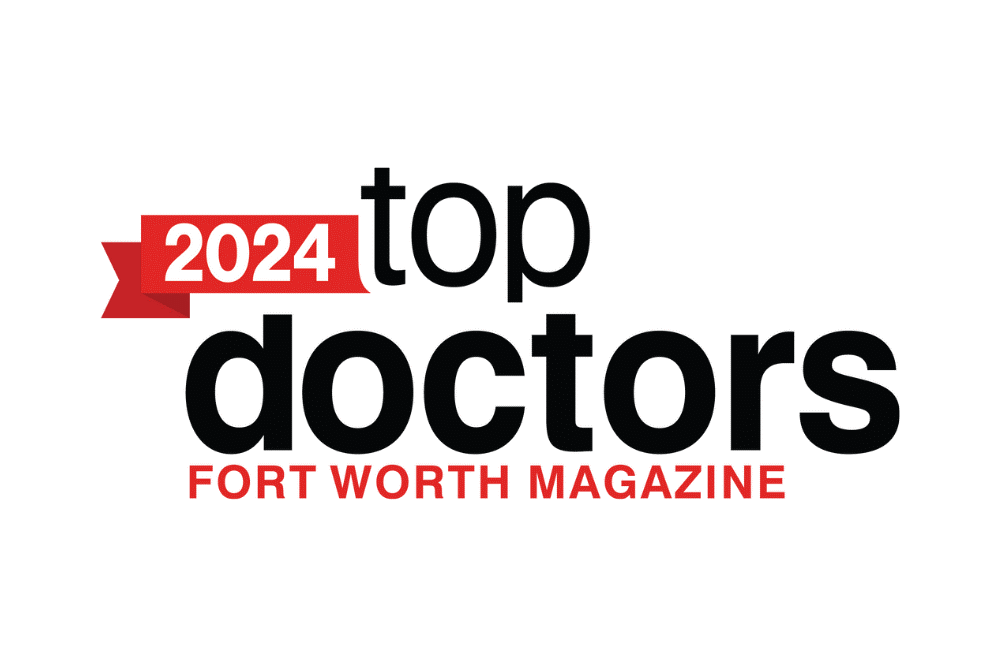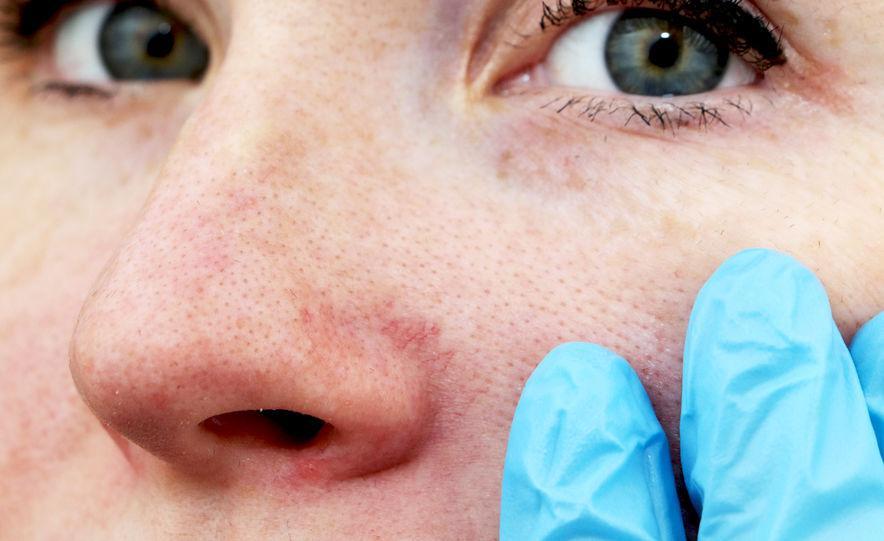When Pimples Aren’t Acne
No one likes waking up with a new pimple. Some patients, however, get frequent, uncontrollable breakouts. Most people assume this is a symptom of acne. However, a condition called rosacea can also cause pimple-like bumps. What is the difference between the two terms? Here’s what patients need to know about the two conditions and when to seek treatment.
Symptoms of rosacea
A common sign of rosacea is small bumps and pimples on the complexion. In one survey, 30% of patients noted that these acne-like pustules were in the top 3 symptoms of rosacea to appear. Other signs of rosacea can include redness, dilated blood vessels, or a swollen nose. The condition is usually concentrated on the central area of the face and is most common on the cheeks or nose.
Symptoms of acne
Like rosacea, acne can appear on the face. Acne can also pop up on the back, chest, shoulders, or anywhere else on the body. This skin condition is characterized by pimples, blackheads, bumps, or nodules. Often, people experience an oily complexion due to the overproduction of sebaceous glands.
How to tell the difference
While both conditions can cause small bumps and pimples, there are some differences. Rosacea most characteristically causes redness and flushing and appears only on the face. Acne can pop up anywhere and is usually not accompanied by the redness of rosacea.
Treatment options
Contrary to popular misconception, poor hygiene does not cause rosacea or acne. However, certain topical medications can help decrease the symptoms of both conditions. Additionally, rosacea treatment typically involves avoiding specific triggers, such as spicy foods, extremely hot or cold temperatures, excessive wind, stress, or alcohol.
Risk factors
While there are a lot of myths about greasy food causing acne, people who eat a diet high in refined sugars may experience more acne. Genetics also play a role in whether or not a person has either acne or rosacea. Hormonal changes or certain medications can trigger acne. People who are female, over 30, and have a fair complexion may be more likely to develop rosacea. Smoking is a risk factor for both conditions, as well as for early aging and wrinkles.
When to see a dermatologist
Many people think that because acne is relatively common, the condition doesn’t require a visit to the dermatologist. Anyone who is experiencing frequent and frustrating breakouts should seek advice from a dermatologist. These specialists can help determine the root cause of the problem, whether rosacea or acne, and provide treatment options.





